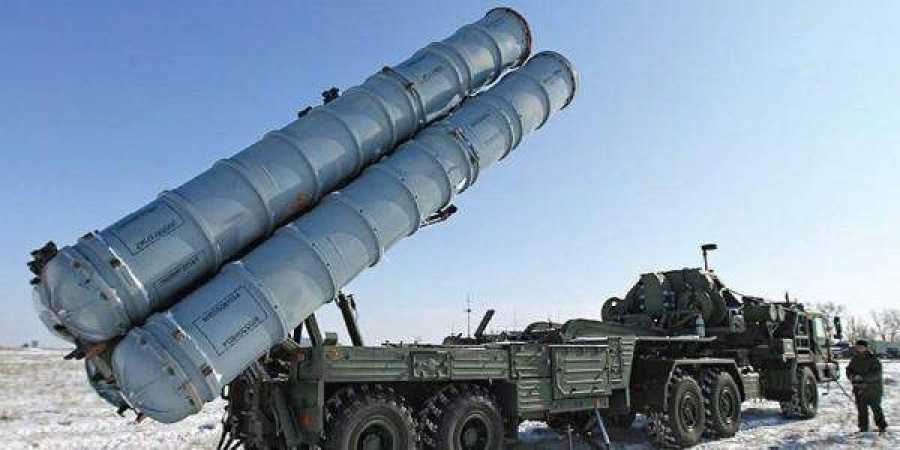
Russia's S-400 systems begin arriving in India amidst threat of US sanctions
S-400, Russia's most advanced long-range surface-to-air missile defence systems, has begun to arrive in India, confirmed Dmitry Shugayev, the head of the Russian military cooperation agency to Russian news agencies on Sunday (November 14) at the Dubai aerospace show.

S-400, Russia’s most advanced long-range surface-to-air missile defence systems, has begun to arrive in India, confirmed Dmitry Shugayev, the head of the Russian military cooperation agency to Russian news agencies on Sunday (November 14) at the Dubai aerospace show.
According to a report in ThePrint, Dmitry Shugaev, director of Russia’s Federal Service for Military-Technical Cooperation (FSMTC), told the country’s official news agency Sputnik: “The supplies of the S-400 air defence system to India have started and are proceeding on schedule.” The first part of the supplies, which includes the hardware of this system, has already begun to arrive in India. And, the first unit of an S-400, will arrive in India by the end of this year, said media reports.
The development comes ahead of the proposed visit by Russian President Vladimir Putin to India in December. But it also puts India in a sticky situation with the US, as the country can be slapped with a range of financial sanctions from the American nation, under a 2017 US law intended to prevent countries from buying Russian military hardware.
India had been discussing this issue with the US for some time. In fact, on a three-day visit to India in October this year, US Deputy Secretary of State Wendy Sherman, had commented: “We’ve been quite public about any country that decides to use the S-400. We think that is dangerous and not in anybody’s security interest. That said, we have a strong partnership with India. And, he had said that any decision on possible sanctions on the S-400 deal will be made by President Joe Biden and Secretary of State Antony Blinken, said a Deccan Herald report.
The $5.5 billion deal for five long-range surface-to-air missile systems, which China also possesses, was signed in 2018, amid warnings from the Trump administration that going ahead with the contract will invite sanctions.
Also read: India acquiring S-400 missile from Russia problem for US: PACOM commander
The S-400, has a tracking capability of nearly 600 km and is capable of destroying incoming hostile aircraft, missiles and even drones within a range of up to 400 km.
Quoting sources in the Indian defence industry, a First Post report said the parts of the air defence system have started reaching India and they would be first deployed at a location close to the Western border, from where it can tackle threats from both parts of the western and northern borders with Pakistan and China.
US Sanctions under Countering America’s Adversaries Through Sanctions Act (CAATSA)
India is possibly expected to face a range of financial sanctions under the Countering America’s Adversaries Through Sanctions Act (CAATSA), which names Russia as an adversary alongside North Korea and Iran. US has cited Russia’s actions against Ukraine, interference in the US 2016 elections, and the help it gave Syria for this ban on buying its defence equipment, said media reports.
What makes the situation worrying for India is that the US has already imposed sanctions on Turkey under this Act. Washington also removed Turkey from a F-35 stealth fighter jet programme, the most advanced aircraft in the US arsenal, used by NATO members and other US allies.
Following US sanctions on Turkey, India has been apprehensive that Washington may impose similar punitive measures against it. Washington has conveyed to India that it is unlikely to get a waiver from CAATSA, said a Deccan Herald report. The Modi government, meanwhile, has firmly explained to the US on multiple occasions that the country’s armed forces have a diversified portfolio, and the deal with Russia for S-400 systems was in progress before the CAATSA was framed. India is also clear that it requires S-400s to counter growing threats from China.
Moreover, India’s stance is that CAATSA is a US law, and not an international law imposed by the United Nations.
Russian ambassador to India Nikolay Kudashev had in fact said in April that both Russia and India do not recognise bilateral sanctions and considers it as “illegal tools” of “unlawful and unfair” competition and pressure.

